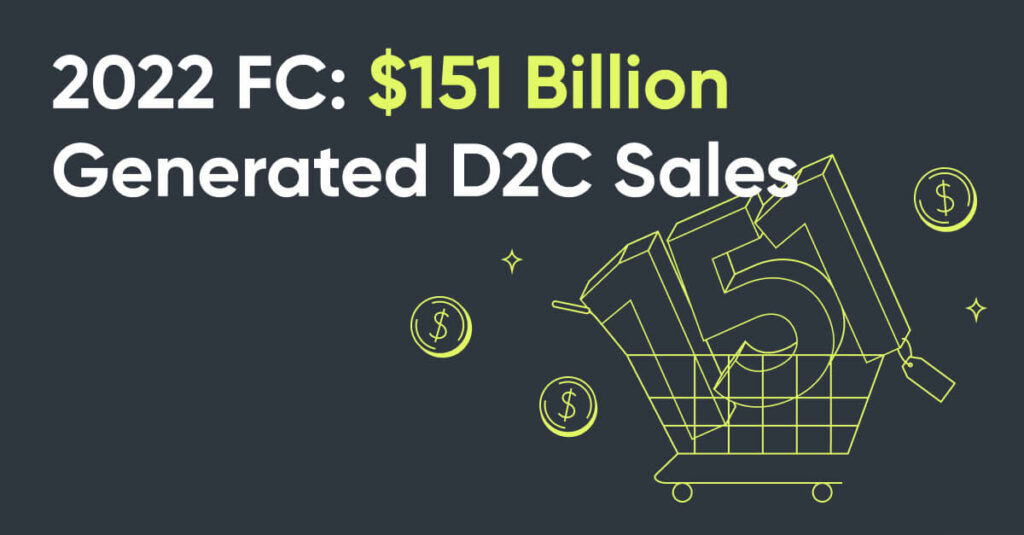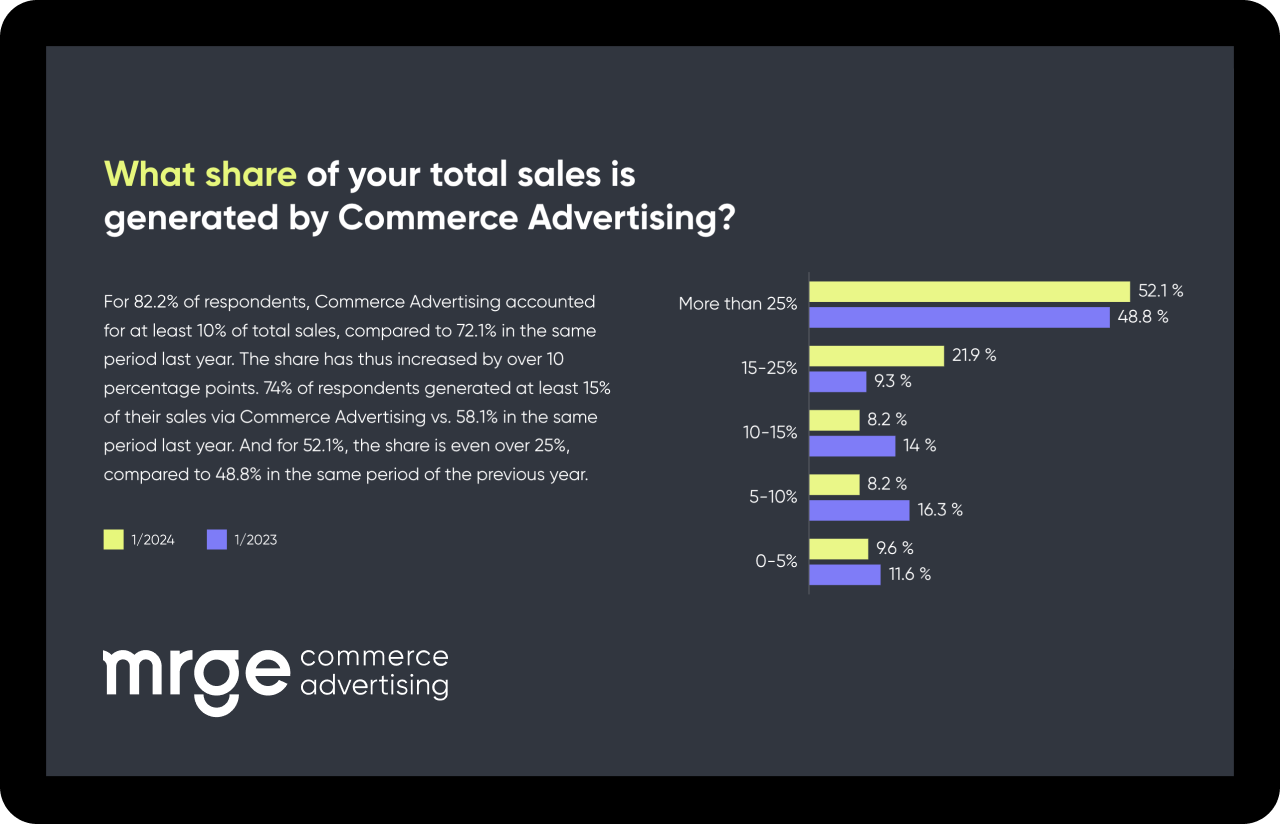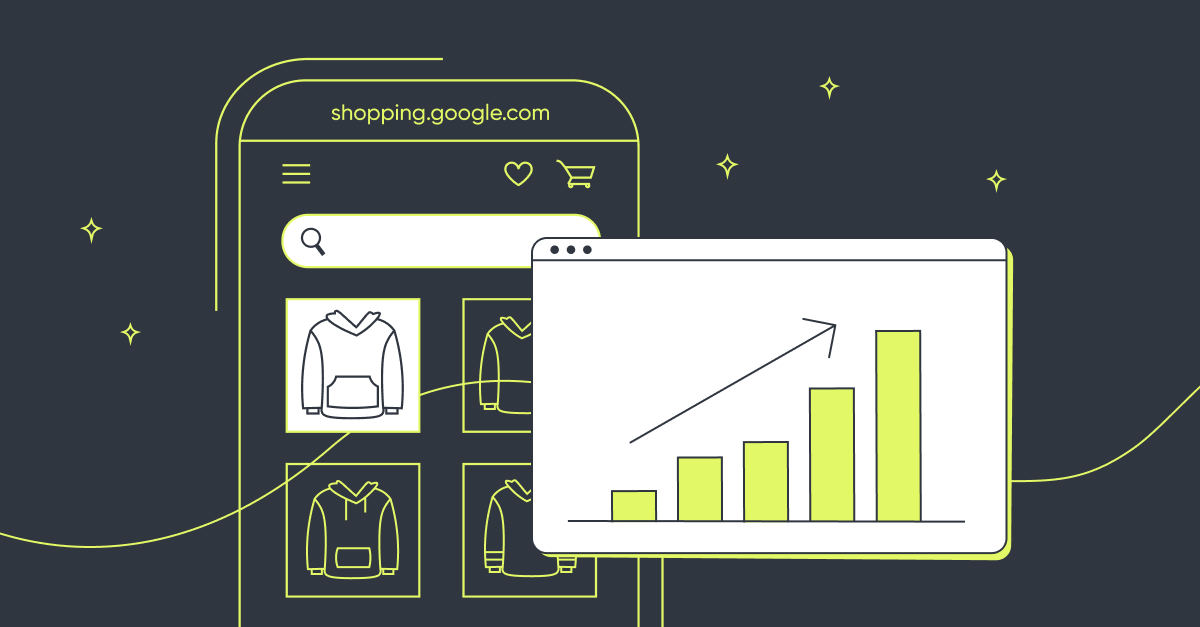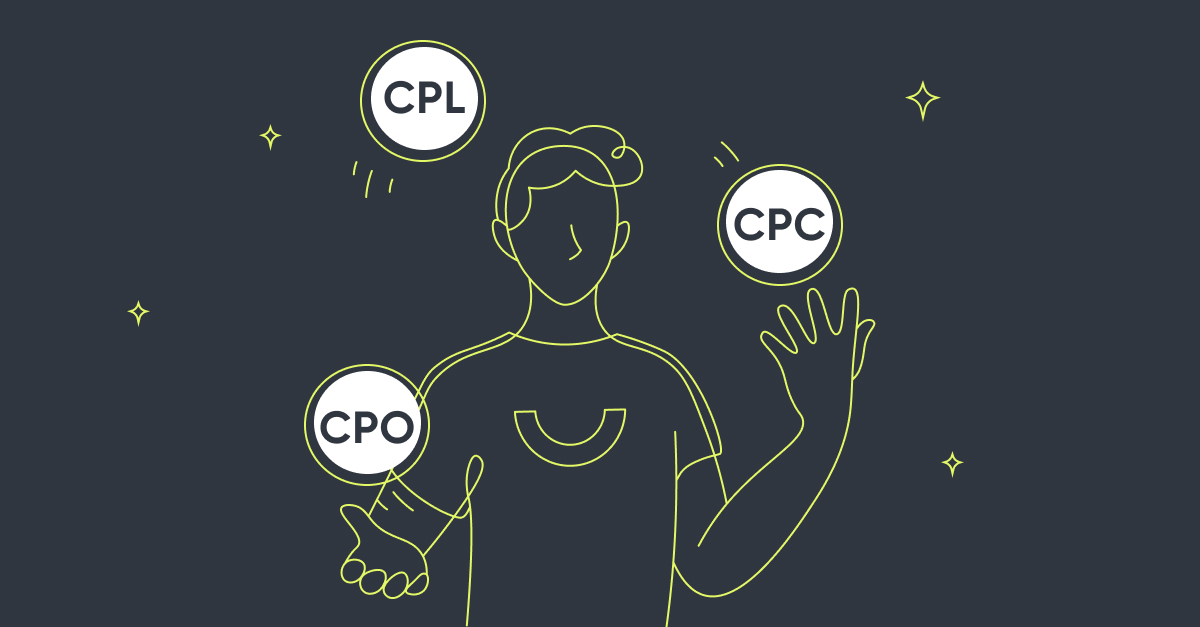To reach a large target group with their products and services, many providers use large sales platforms with their huge reach and customer bases. However, more and more brands prefer to use direct-to-consumer (D2C) sales – and market developments confirm this. In fact, both variants have their advantages and disadvantages, and both sales forms can also complement each other successfully. In the following expert article, we present market figures, benchmarks and a decision-maker checklist with pros and cons.
Key Take Aways
Executive summary: 5 key take-aways for quick readers
- More and more consumers are buying directly from the manufacturer.
- In the D2C approach, brands shape the entire customer journey themselves.
- D2C gives brands full control over brand messaging.
- Commission payments to wholesalers and intermediaries are eliminated.
- D2C increases loyalty and enables more profitable customer relationships.
Key facts: “Direct to consumer” market development
Direct to consumer (D2C for short) refers to a marketing and sales strategy in which manufacturers approach their end customers directly – without intermediaries or platforms. As a rule, suppliers take on all tasks: from production, marketing, and sales, to customer relationship management.The D2C approach is currently becoming increasingly relevant for product suppliers. For example, around 60 percent of US Americans have already ordered directly from a manufacturer at least once. Sales generated by D2C companies in the US rose from just under USD 77 billion in 2019 to a forecast USD 151 billion in 2022 – and predictions for 2023 are currently approaching USD 175 billion. Currently, most D2C brands are in the fashion sector. A particularly prominent example is Nike. Since 2017, the sporting goods manufacturer has been successfully relying on direct sales.
Best practice: Nike’s success story
Nike ended its collaboration with wholesalers such as Macy’s and Urban Outfitters and also did not continue its partnership with Amazon. Instead, the company focused on expanding its own e-commerce strategy. In doing so, Nike invested primarily in new key technologies. In 2018, Nike bought the data analytics company Zodiac as well as Invertex, an Israeli start-up that develops scan-to-fit solutions, with the aim of better understanding its own customers and providing them with better advice. In order to best meet its own requirements for operating an online store, Nike used its own technical e-commerce solutions. The quarterly figures show that this strategy is working: Nike recently increased its D2C sales by 15 percent.

Decision-maker checklist: sales platform vs. D2C
When product suppliers are faced with the choice between sales platforms and direct to consumer, various factors come into play: Are they already working with a wholesaler and want to set up a D2C business in parallel, or are they still at the very beginning of their sales activities? What resources do they have in terms of people, time, and finances? Manufacturers should carefully weigh the advantages and challenges of direct sales:
The 4 biggest benefits of the D2C approach for brands:
- Lower costs: By eliminating wholesalers and middlemen, no commission payments are incurred.
- More control over brand messaging: Retailers have full influence over how and where their products are presented.
- Higher data quality and quantity: Customer data is available unfiltered and can therefore be better evaluated.
- Closer customer contact: Retailers can obtain direct customer feedback and thus respond more quickly to their needs.
But customers can also benefit from the D2C model. Through closer contact with the brand, they can be part of a community and have their suggestions and problems heard more quickly. In addition, many manufacturers pass on the lower costs to their customers, for example, through lower prices, free shipping, or special coupon promotions.
D2C’s 4 biggest challenges and barriers to entry
For all the benefits that the D2C approach offers, no one should underestimate the challenges:
- Reach: Merchants can achieve a large reach via sales platforms. With the D2C approach, they have to build this reach themselves, for example using social media, ad placement, and SEO.
- Brand awareness: Manufacturers need to invest much more in building a brand image to appeal to potential buyers and convert them into customers.
- More ownership: Product manufacturers must take over (or outsource) all processes related to sales, such as supply chain set-up, customer service, and data protection.
- Technology: Although retailers receive more customer data in the D2C model, they need to establish tools and gain expertise in order to analyze this data usefully.
The 3 biggest advantages of sales platforms
Established shopping portals are the most convenient way for end users to shop online. They offer many conveniences:
- Easy user guidance: With just a few clicks, users can reach the desired products and complete their purchase.
- Wide selection: Instead of visiting several online stores from different retailers, customers can buy everything in one place on sales platforms.
- Attractive conditions: Platforms often offer their customers popular special conditions, such as free shipping and returns, choice of delivery services, and discount promotions (e.g. Singles’ Day, Cyber Week).
These advantages mean that merchants on sales platforms can expect better conversion rates, which often outweighs the higher commission payments.
Own your customer
Especially in the start-up phase of a business, wholesalers and sales platforms are the easiest way to quickly reach a broad target group. But platforms keep a lot of important data for analysis and optimization to themselves. But if retailers want to turn casual buyers into existing customers, forge closer customer relationships, and increase awareness of their own brand, a D2C business should be the goal. In this way, manufacturers manage their own customers, data, customer journey, and brand presentation. Through relevant advertising formats in the vicinity of purchase-related content (e.g. product tests and comparisons, unboxing videos, guides), potential buyers can be led directly to a retail store. Manufacturers can thus free themselves from dependence on large platforms – and generate more direct sales.


















